Meet the Wildlife Rockstars Education Animals!
Want to know more about each animal? Click on the image to find out a fun fact!
-
African Crested Porcupine | DOLLY
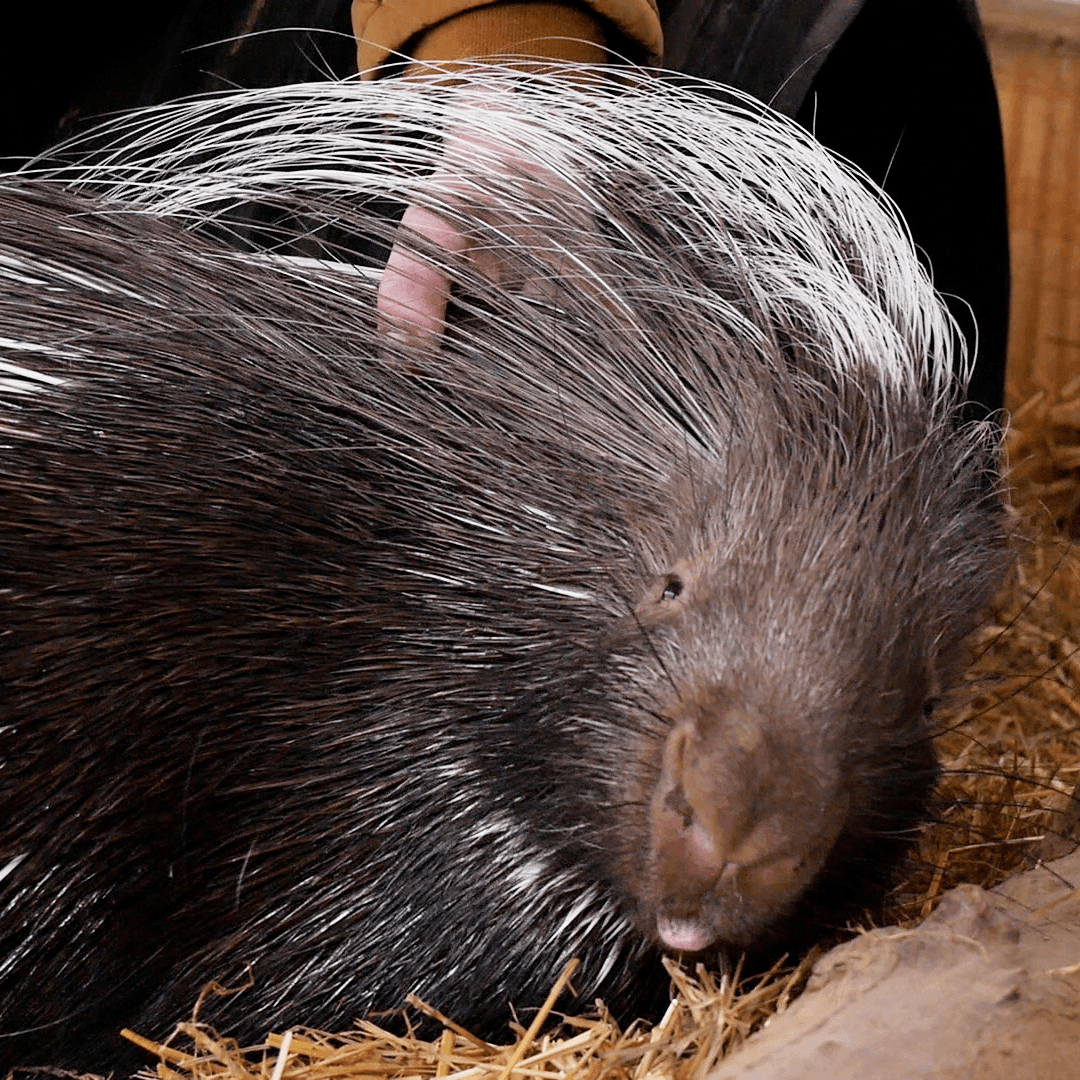
Did You Know?: The African Crested Porcupine is an excellent swimmer, partially aided by the buoyancy of their hollow quills!
-
Salmon-Crested Cockatoo | TAJI
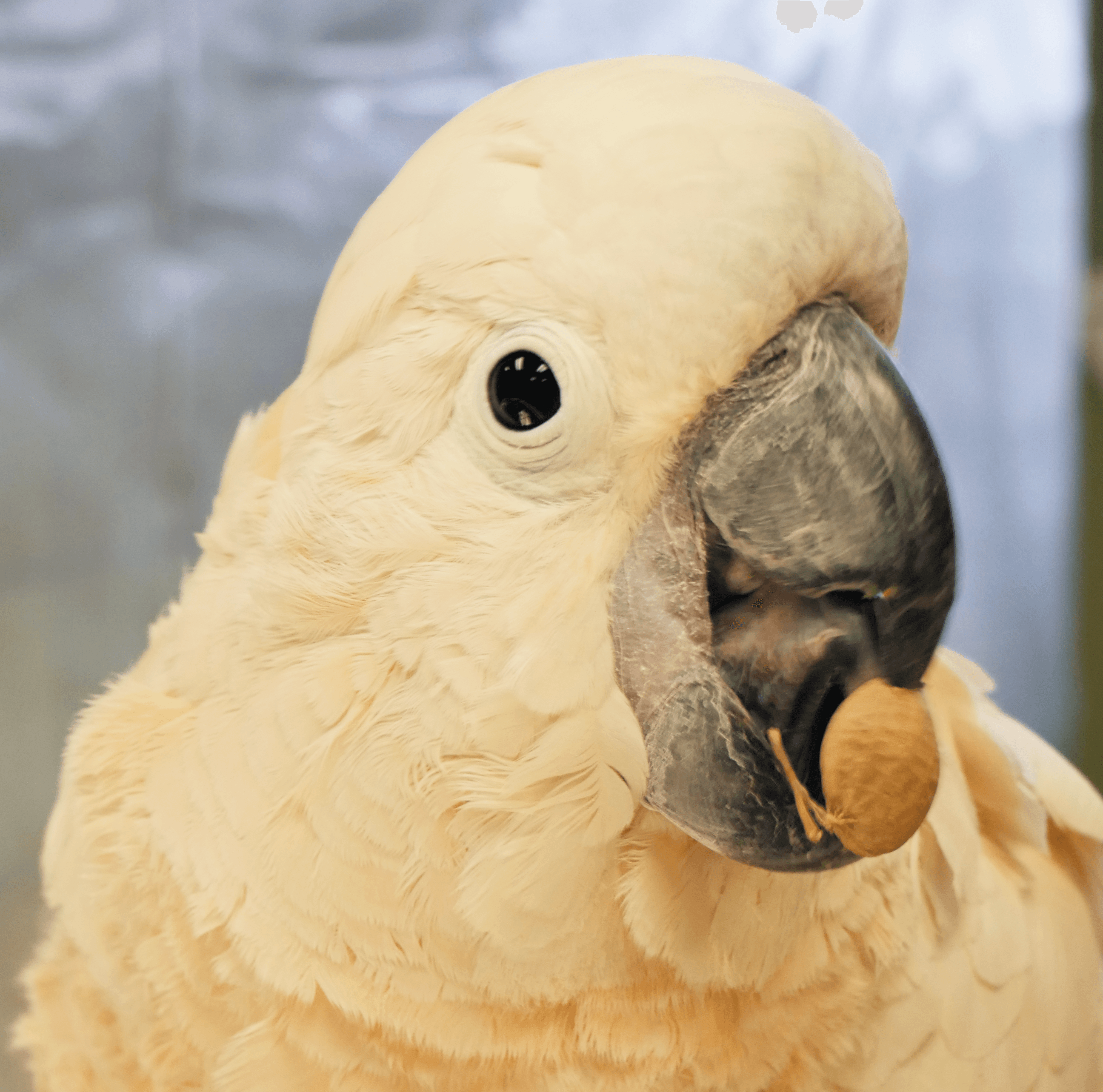
Did you know? Their beaks are powerful enough to crack the hardest nuts and can deliver a nasty bite in self-defense.
-
Argentine Tegu| CLIFFORD
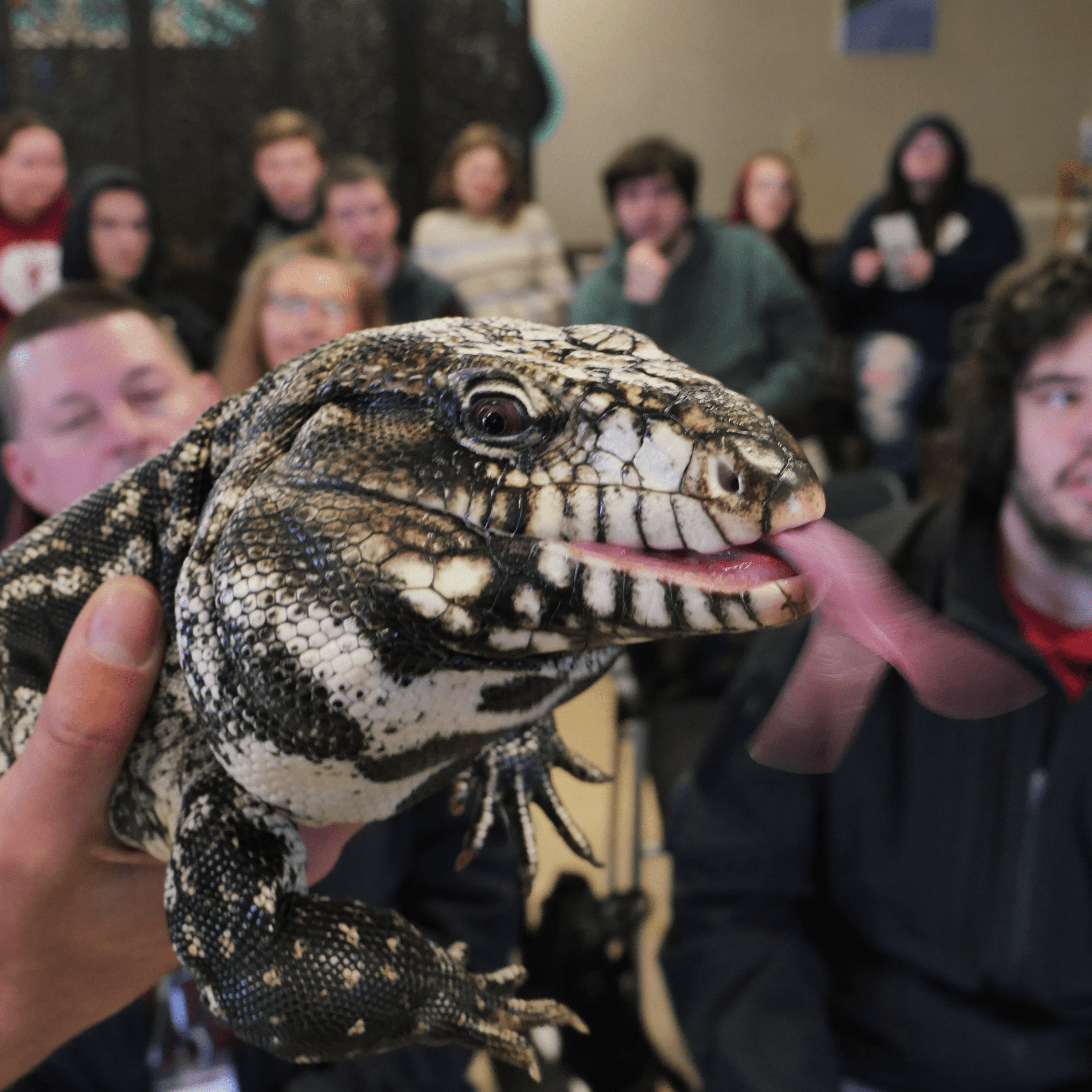
Did you know? The Argentine tegu loves honey, and will raid beehives in the wild. Even lizards have a sweet tooth!
-
Eurasian Eagle Owl | OZZY
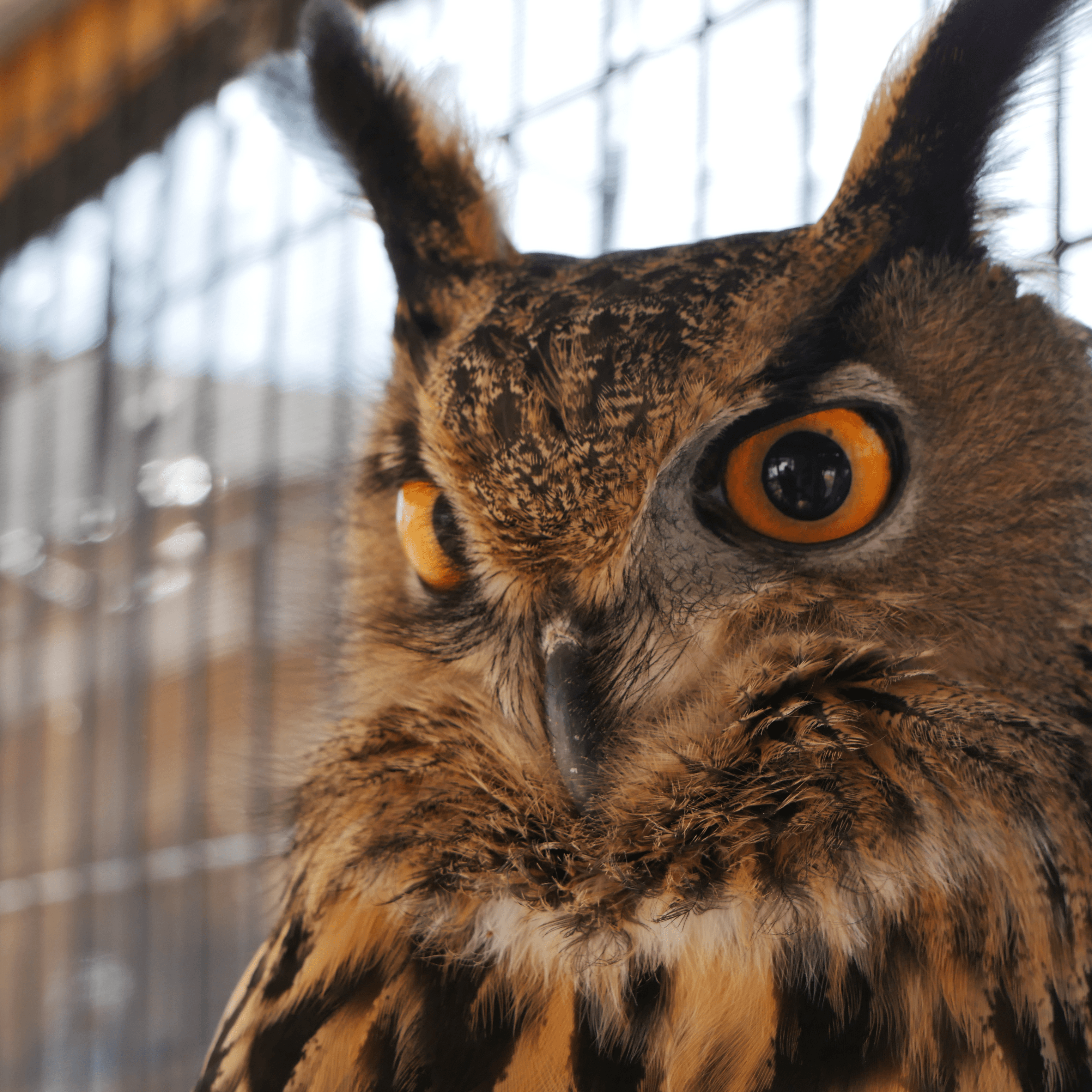
Did you know? Their distinct orange eyes are due to them being crepuscular, meaning they are most active at dusk and dawn, unlike other animals that are more active during the day or at night.
-
Cross Fox | RINGO
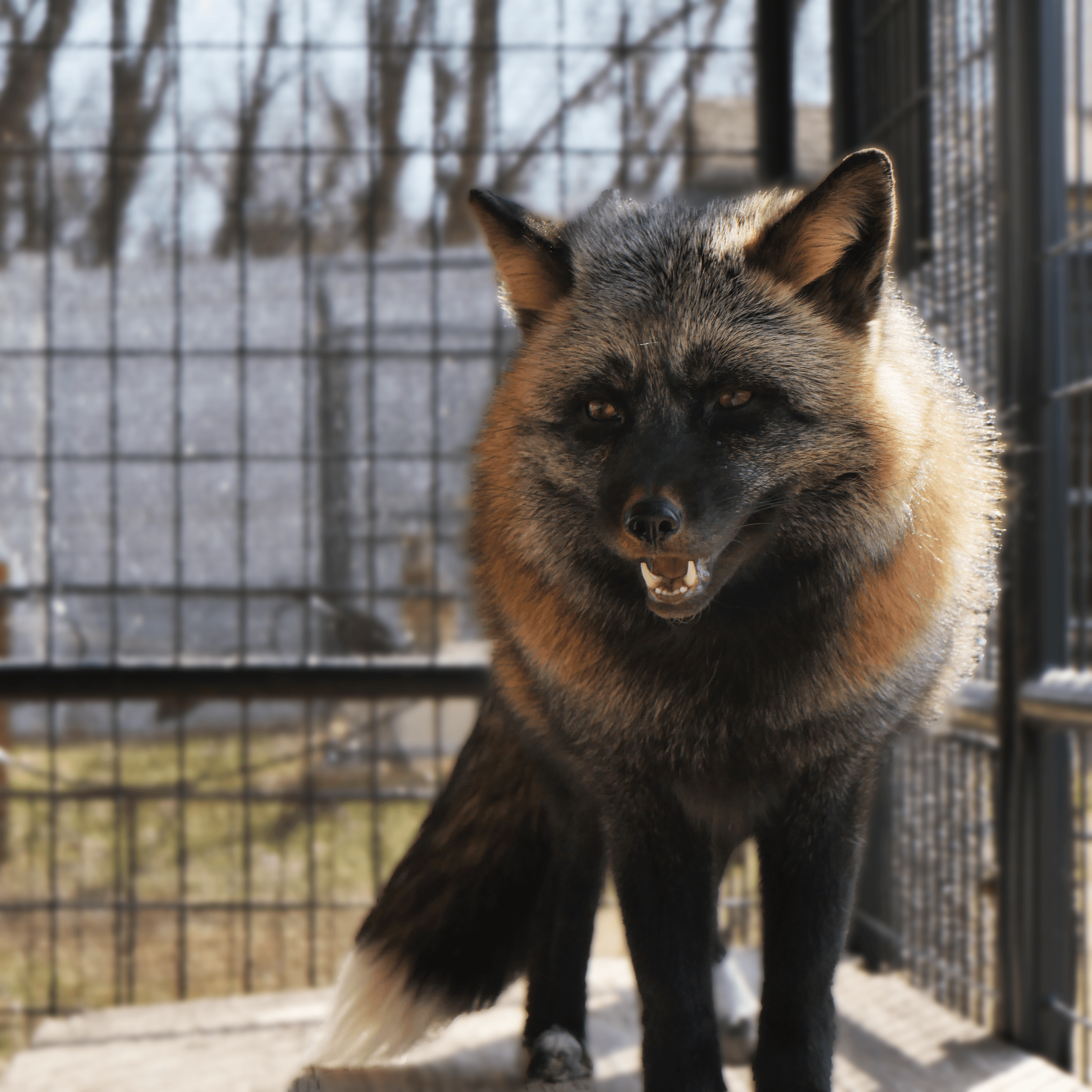
Did you know? We call Ringo a cross fox, but in terms of species he's a red fox. A cross fox is a description given to partially melanistic foxes.
-
New Guinea Singing Dog | NASH
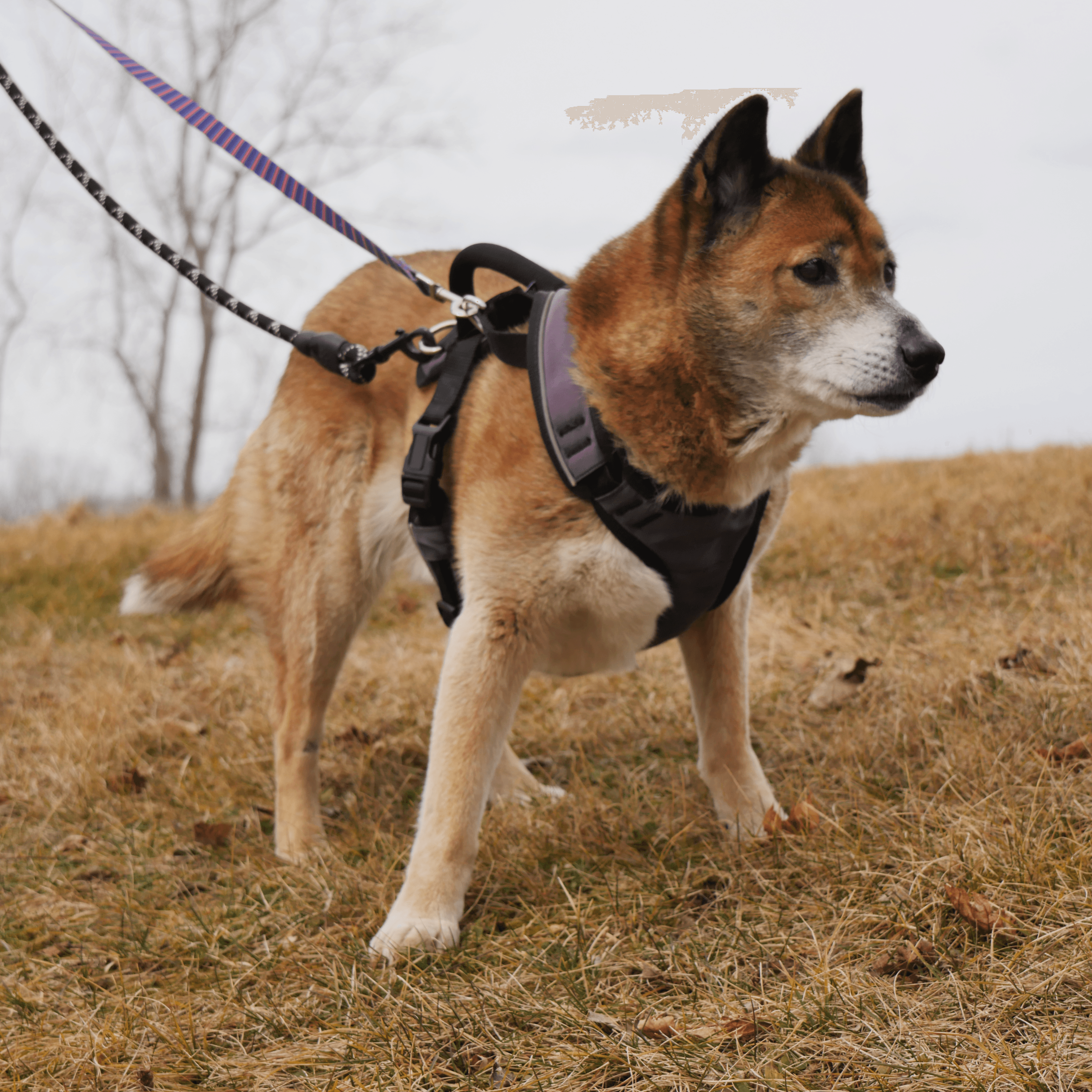
Did you know? The New Guinea singing dog is one of the oldest species of canid in the world. They are very vocal howlers which is where the name "singing dog" comes from.
-
North American Porcupine | PHYLLIS QUILLER
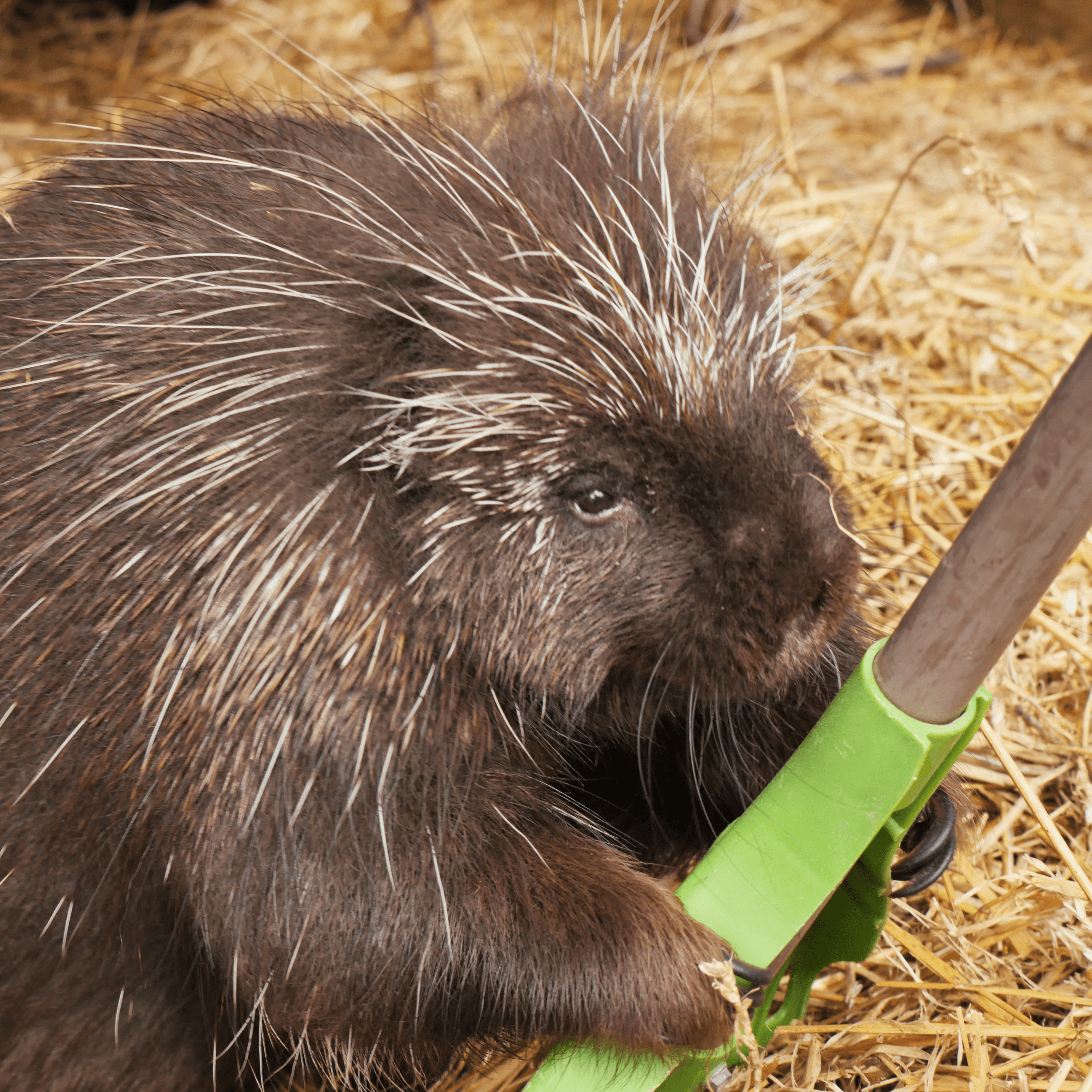
Did you know? A baby porcupine is called a porcupette! They're born with soft quills that begin hardening shortly after birth.
-
Giant African Millipede | COMPOST MALONE
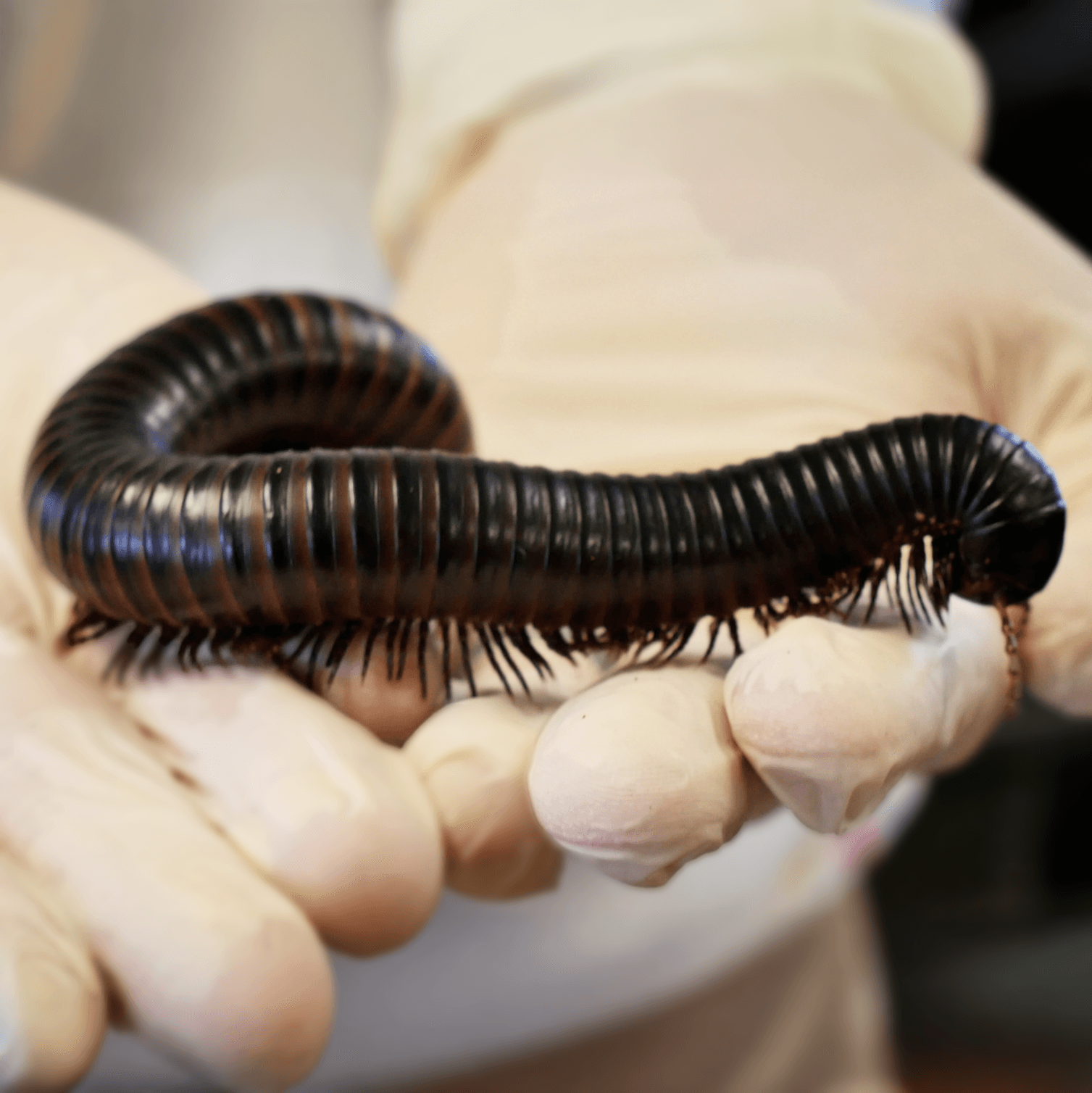
Did you know? The name "millipede" means 1000 feet in Latin, but there are no millipedes with that many. The giant African millipede typically has around 256 legs, but this can vary greatly from one to another.
-
Eurasian Lynx | CASH
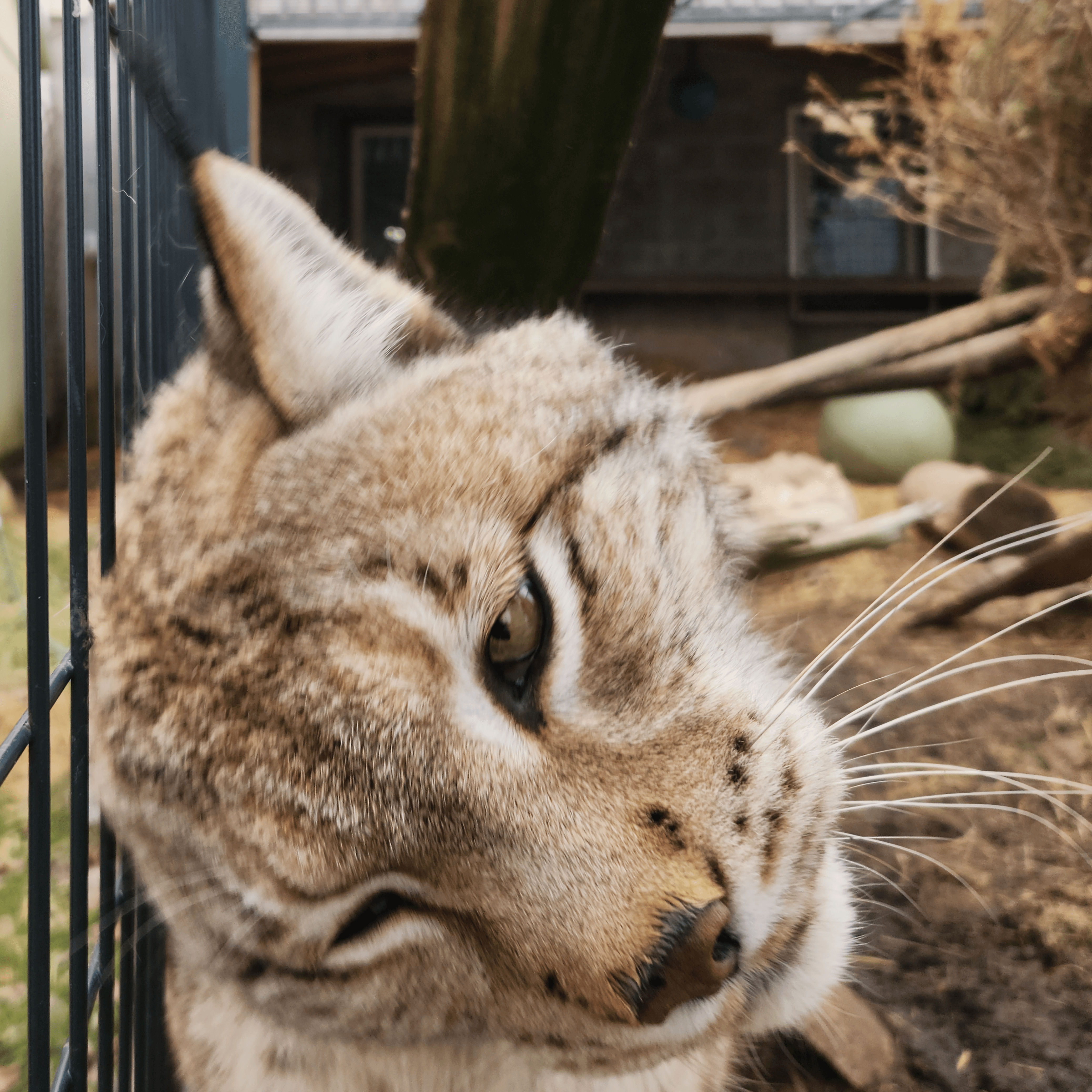
Many lynx habitats face a significant amount of snow in the Winter, and the lynx have adapted well to this. Their feet are webbed and wide, acting as specialized shoes that distribute their weight effectively. This allows them to hunt in deep snow!
-
Alligator Snapping Turtle | BUBBA
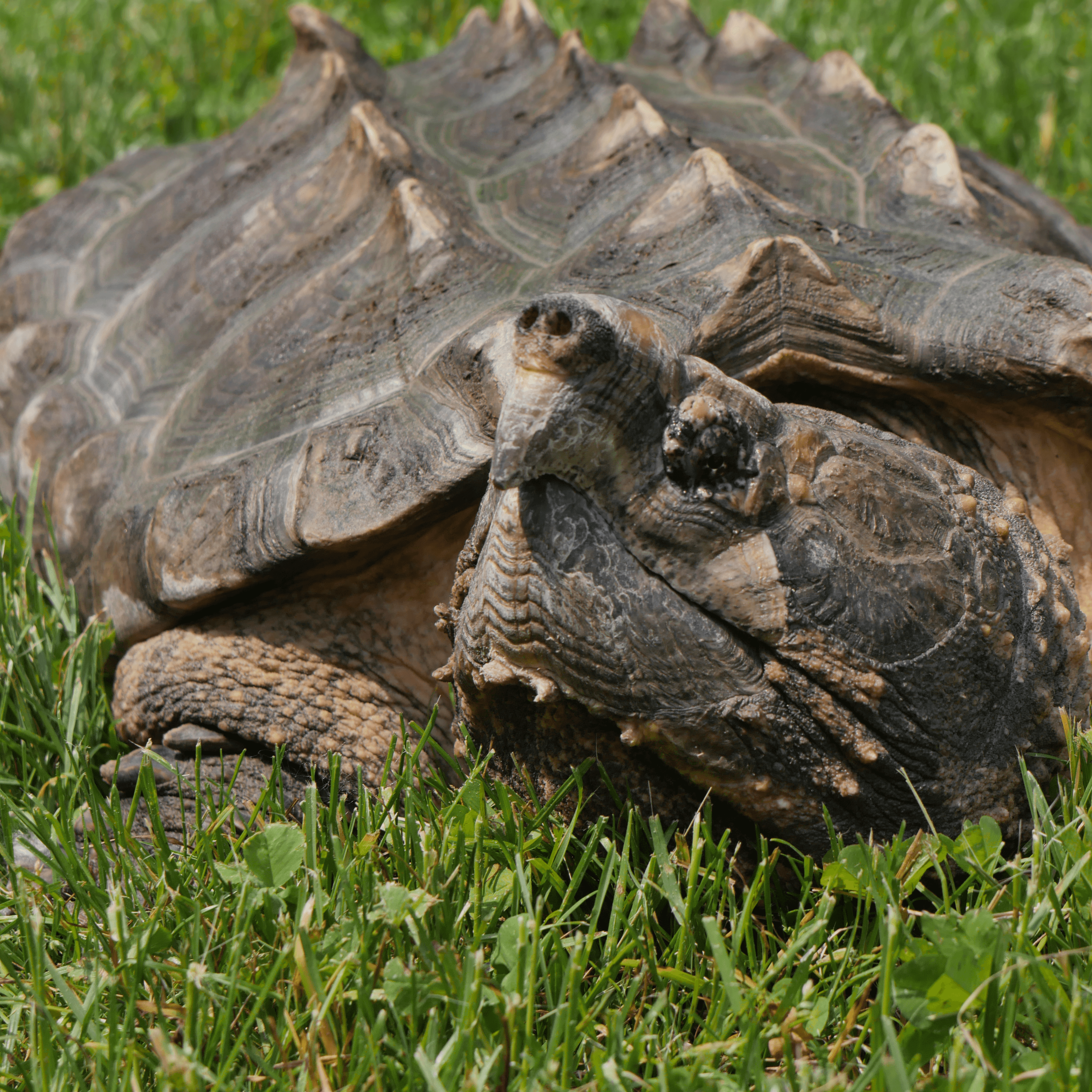
They are the largest freshwater turtle in North America. The alligator snapping turtle is given its common name because of its immensely powerful jaws and distinct ridges on its shell that are similar in appearance to the rough, ridged skin of an alligator!
